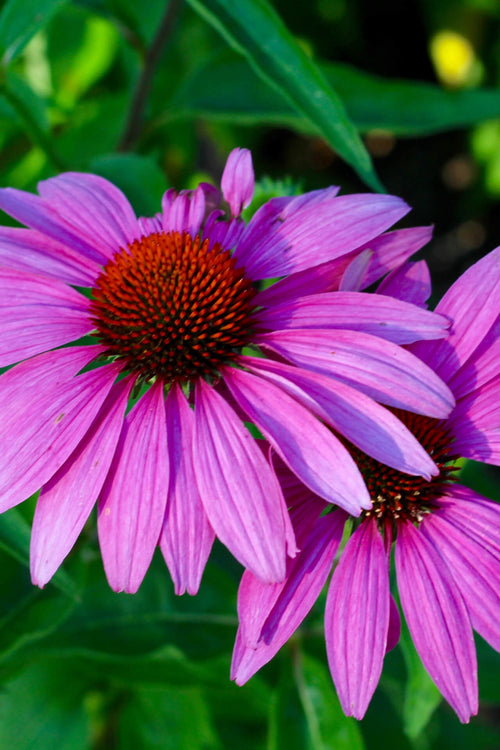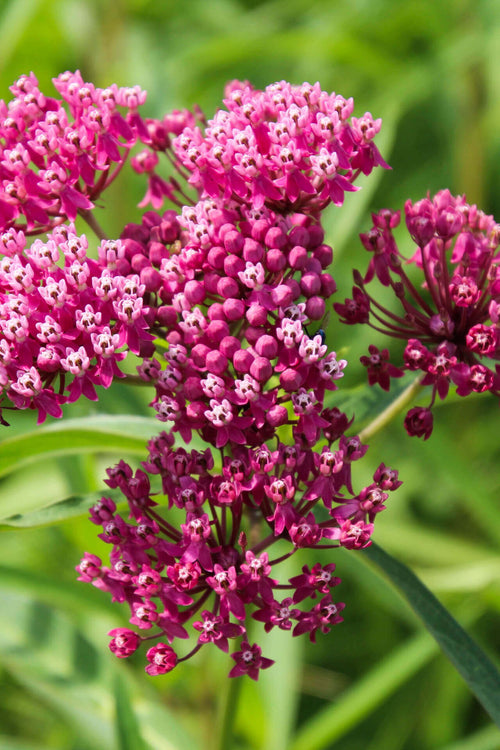Posted on Thursday 12/23
TN Nurseries best selling perennials
Bishops weed
Wild Aster
Anemone
How to Use Shade-Loving Perennials in your Landscape Design
Not everyone’s garden has ample sunshine, which can be a limiting factor when selecting plants for your landscape design. However, many perennials will grow quite well, even in the shade.
Before you decide to plant, evaluate your landscape for sunshine. Some parts of the garden may receive the sun, but it may only be for a few hours. Thus, it would be best if you chose your plants accordingly.
Areas of medium shade often only get sunshine in the early morning or late afternoon. However, medium shade is ubiquitous in most homes in urban areas. Besides, large buildings may block the landscape from the sun from large trees or fences.
How to Design a Landscape with Medium Shade Conditions
If you have medium shade, then the best plants are astilbe, corydalis lutea, or a variety of aquilegia hybrids. These low-growing perennials are easy to grow, need minimum maintenance and produce beautiful flowers.
What to Grow in Very Shady Landscape Designs
If your garden has even less sunshine and is dark, you can still grow some perennials like the Japanese spurge and the periwinkle. Both produce flowers with dense green foliage. Another option is the Lilly of the valley, which produces lovely fragrant flowers. You can even grow a variety of shrubs in medium light. These include azaleas, rhododendron and hydrangeas.
If you want ground covers to fill in large areas of your garden, the choices are Sweet woodruff, pachysandra, evergreen candytuft, and Vinca minor. Some of these will even grow under the trees. You may even want to go with annuals, foxglove, begonias, and pansies to brighten up your dull landscape. The surprise Lilly, Madonna, and calla are other flowering bulbs that also thrive in low sunlight.
If you are unsure what to grow, speak to a gardener or a landscaper first.




















































